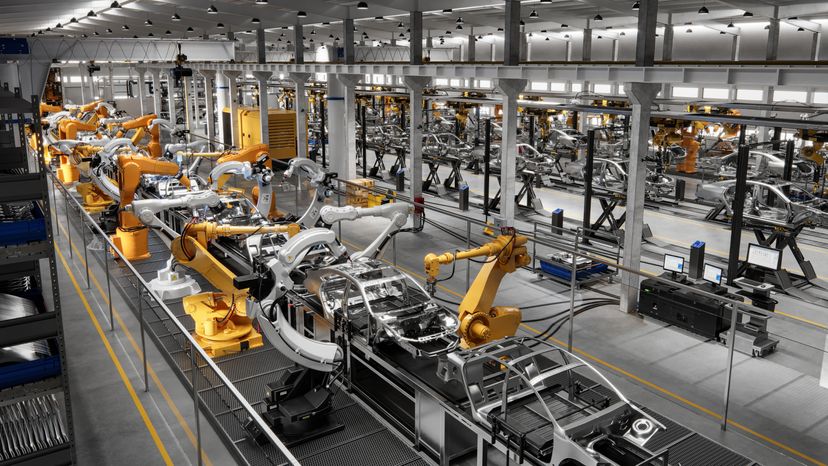
They say nothing lasts forever, and that is certainly true in the case of the highly competitive automotive industry. While today we have the Big Three U.S. automakers in Ford, General Motors and Fiat Chrysler, there have, in fact, been hundreds of automotive manufacturers in the U.S. over the last century. Sadly, many of the most iconic carmakers failed due to poor management, shifting consumer sentiments, badly received vehicles or failure to keep up with new technologies. But many of these automakers are worth remembering as they built some of the best and most valuable vehicles ever. Here’s a list of 10 once great car companies that failed and have been relegated to the dustbin of history.
Advertisement